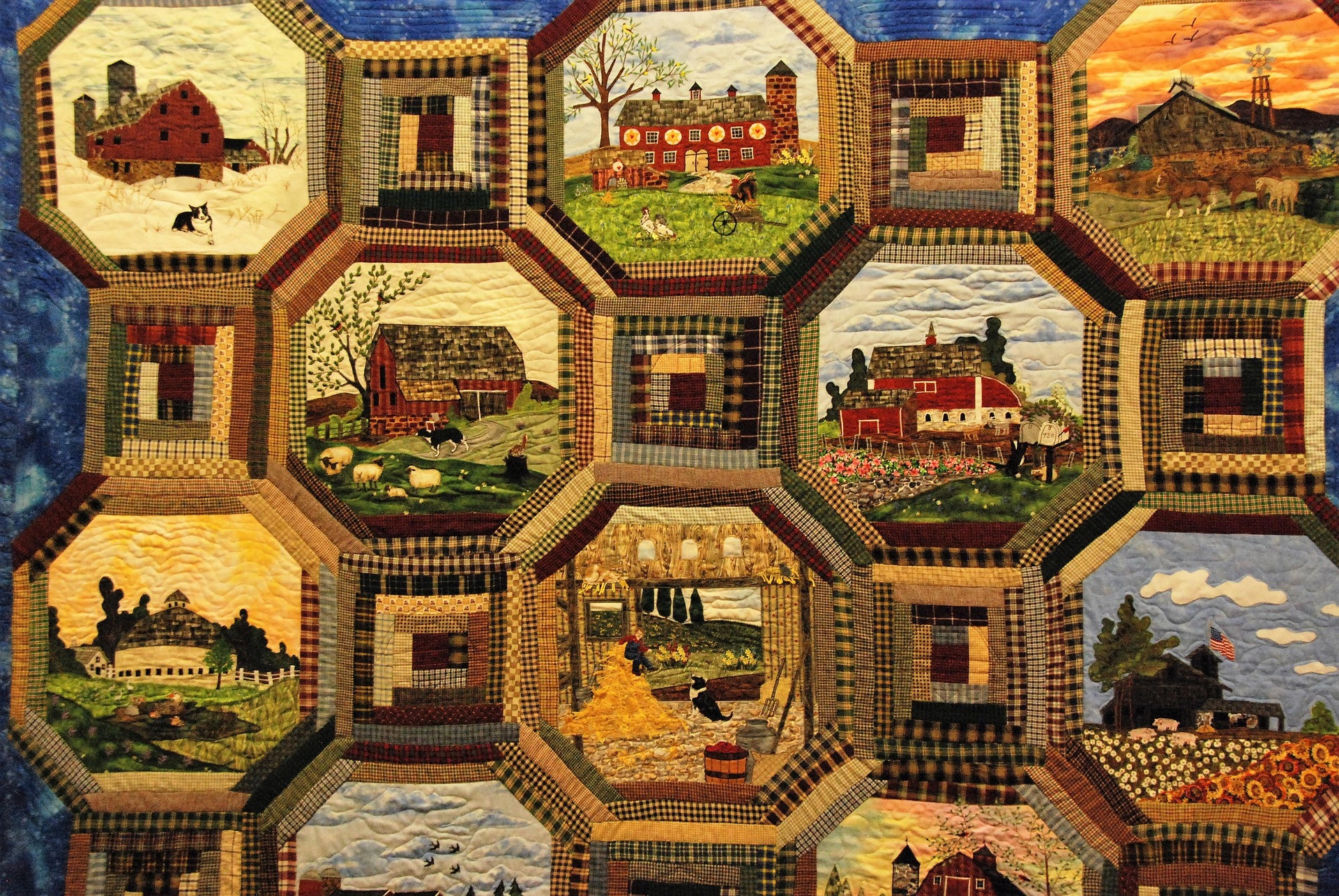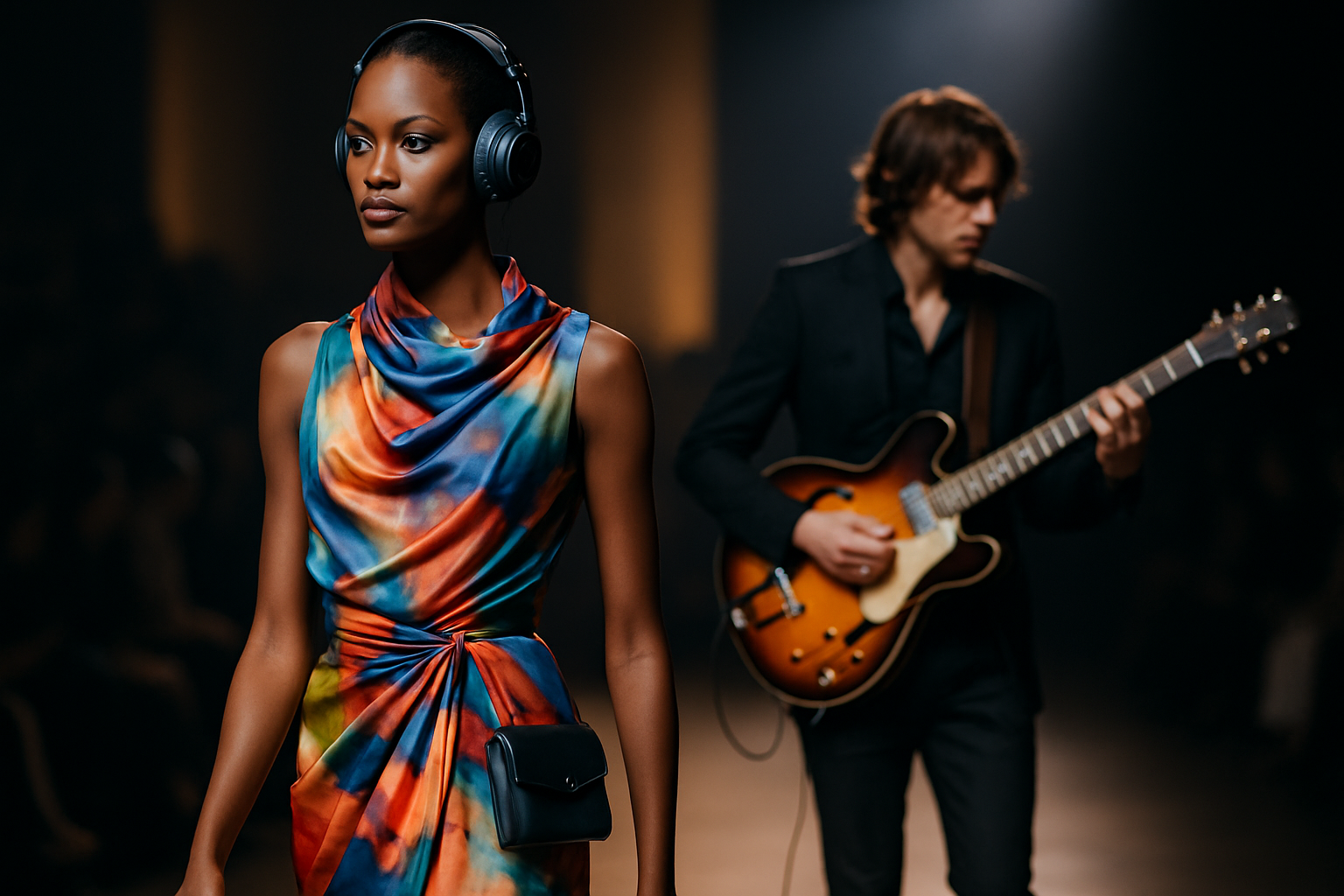The Resurgence of Analog Photography in the Digital Age
In an era dominated by smartphones and instant digital gratification, a surprising trend is gaining momentum in the world of visual arts. Analog photography, once considered obsolete, is experiencing a remarkable revival. This resurgence is not merely nostalgic; it represents a deliberate shift towards a more tactile, mindful approach to image-making. As digital technology continues to advance, a growing number of artists and enthusiasts are rediscovering the magic of film, embracing its imperfections, and celebrating the slower, more intentional process of creating photographs.

The Role of Social Media in Analog’s Comeback
Paradoxically, social media platforms have played a significant role in fueling the analog photography revival. Instagram, in particular, has become a hub for film enthusiasts to share their work, connect with like-minded individuals, and discover vintage cameras and film stocks. The platform’s filters, originally designed to mimic film aesthetics, have inadvertently sparked curiosity about genuine analog processes. This online community has not only facilitated knowledge sharing but also created a market for analog photography products and services.
The Rebirth of Film Manufacturers and Darkrooms
As demand for analog photography grows, we’re witnessing a resurgence in film production and processing. Established brands like Kodak and Ilford have expanded their film offerings, while new companies such as CineStill and FILM Ferrania have entered the market with innovative products. Simultaneously, community darkrooms are reopening in cities worldwide, providing spaces for photographers to develop and print their own work. These facilities often offer workshops and classes, fostering a new generation of analog enthusiasts.
Analog Photography in Contemporary Art
The fine art world has also embraced the analog revival, with galleries and museums showcasing works created using traditional photographic processes. Many contemporary artists are exploring the boundaries of analog photography, experimenting with alternative processes like cyanotypes, wet plate collodion, and large format photography. These techniques not only produce visually striking results but also challenge our perceptions of what photography can be in the 21st century.
The Environmental and Ethical Considerations
While the analog resurgence is celebrated by many, it also raises important questions about sustainability and environmental impact. Film production and chemical processing have environmental costs that cannot be ignored. However, proponents argue that the longevity of film cameras and the more deliberate approach to image-making can lead to less electronic waste and overconsumption compared to the rapid turnover of digital devices. As the movement grows, there is an increasing focus on developing more eco-friendly film stocks and processing methods.
The Future of Analog Photography
As we look to the future, it’s clear that analog photography is more than just a passing trend. Its resurgence represents a deeper shift in how we approach image-making and consume visual media. While digital technology will undoubtedly continue to dominate the photography landscape, analog processes offer a complementary approach that appeals to those seeking a more hands-on, contemplative experience. The challenge moving forward will be to balance the preservation of traditional techniques with innovation and sustainability.
The revival of analog photography in the digital age is a testament to the enduring power of tangible, hands-on creativity. It reminds us that in a world of instant gratification, there is still value in patience, skill, and the physical artifacts of our artistic endeavors. As more people discover the joys of film photography, we can expect to see continued innovation in both analog and digital realms, ultimately enriching the diverse landscape of visual arts.





